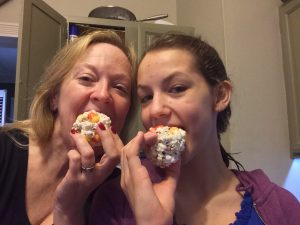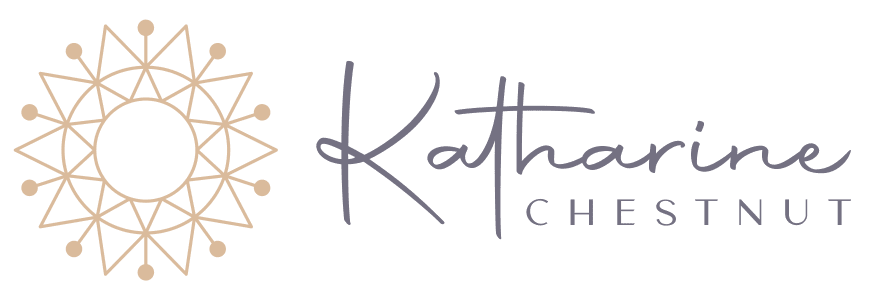
Learning (and Re-Learning) Creativity
Quite often, I write about habits and how we might build healthier, more consistent routines. However, something we forget to include in our daily schedule is creative expression.
Are You Expressing Yourself?
Creative expression is necessary throughout childhood and throughout later years in our lives. It’s unfortunate that creativity isn’t prioritized like productivity is when be become adults.
It can be hard to express ourselves sometimes, though, because it requires vulnerability. To tap into our creative side—whether you’re trying out new dance moves or writing poetry—we need to be willing to explore and open to making mistakes.
It’s scary, even for experts and influencers like Brene Brown. Brene recognizes the need for us to go through that experience of vulnerability. “My inability to lean into the discomfort of vulnerability limited the fullness of those important experiences that are wrought with uncertainty: Love, belonging, trust, joy, and creativity to name a few,” she says.
It’s also easy to run into creative ruts, even if you have a regular practice of creative expression.
That’s why learning new creative practices can be incredibly helpful. Especially when you’re looking to explore your own creativity but aren’t sure where to start.
Learning New Forms of Expression
There are loads of ways to creatively express yourself, even if you feel like you don’t have time or inspiration for it. “Perhaps you think you aren’t very creative, but there’s more to it than merely being ‘good at drawing,’” writes Elaine Mead for Positive Psychology. “Allowing our brains the freedom for free expression, even by doodling, can have a wonderful impact on how we process, retain, and share information.”
If you’re not into doodling, however, you might try a few of the following activities.

- Find some acrylic paints and test out your skills with a brush (but feel free to use your fingers if it’s safe).
- When she was younger, my daughter and I had a routine of looking through our monthly issue of Southern Living, finding new recipes to try, and spend time experimenting with our favorites. We called those experiments our ‘mystery meals’.
- Sing in the car or shower—or join a choir. Activities like singing and humming aren’t just fun: they also activate the vagus nerve and can calm your nervous system.
- Find a dance class or YouTube tutorials and follow along. Dance, yoga, and any kind of physical expression is a great way to explore your creativity through movement.
- My sister is a very left-brain, operational type. Over the years, she repeatedly told me that she wasn’t creative. My reply is always that she is in ways when she would find creative engineering solutions for her work.
Finding a new activity to dive into can spark inspiration and motivate your creativity. If you need a little support, recruit someone to join in the creativity! Invite a friend over for a dance party or find a cooking class together—it might make your new creative habit easier to stick to with a buddy.
Making Expression a Regular Practice
“It’s no surprise that the therapy community has taken note of this, and in more recent years, there’s been a rise in the number of practitioners offering a very distinct form of therapy: art therapy,” says Elaine Mead.
And when you make space and time for your own creative practice, you give yourself a really important kind of framework: a framework for your creative freedom.
We can find ways to express creativity everyday, in some of the smallest activities. This kind of practice supports us in a lot of ways: it’s empowering and inspiring to others, and strengthens our imagination.
Need Support?
A journaling habit is another form of creative expression, and this supportive practice can also help you track all of your creative habits.
Need support while you’re staying inspired? Get my FREE intention journaling prompt worksheet to help you get started.





